5 Questions to Ask Yourself Before Selling Beef Direct to Consumers
One Oklahoma ranch family has been marketing their regeneratively raised beef for more than a decade. Here’s what they’ve learned.
William and Karen Payne always knew agriculture was their endgame.
But the first attempt — back in the 1970s — didn’t go well, and they had to take 9-to-5 jobs to support their farming and ranching habit. They vowed they’d return to agriculture full time, even if it took the rest of their lives.
The Paynes made it back in 2006, to a place they named Destiny Ranch, and have found success with a regenerative mindset and selling their beef direct to Oklahoma consumers. Direct selling is an enterprise William wishes he’d thought of 35 years ago — and encourages other cattle raisers to consider.
But first, he urges them to think about the following questions.
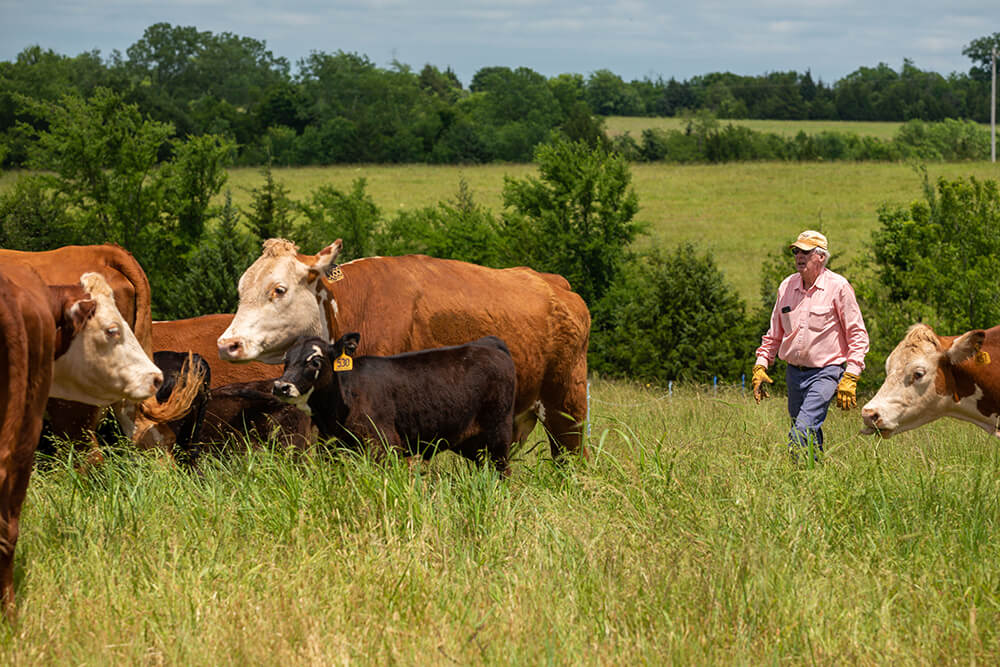
1. How do I want to sell my beef?
In 2008, the family tested the direct-to-consumer marketing waters. William would buy stocker cattle, take them up to about 1,200 pounds and then sell quarters and halves of beef. And while it worked, he felt it could be improved.
For one, there was no consistency in the product.
“We couldn’t control the quality, we couldn’t control the yield, and we couldn’t control the grade,” William says. “So, I finally said, ‘Let’s put this little cow herd into play, and then we’ll go to the next step, and we’ll either make it or we won’t make it, once again.’”
And so, they got out of the stocker business and phased up — growing their own beef to ensure they knew a little more about the animals and end product.
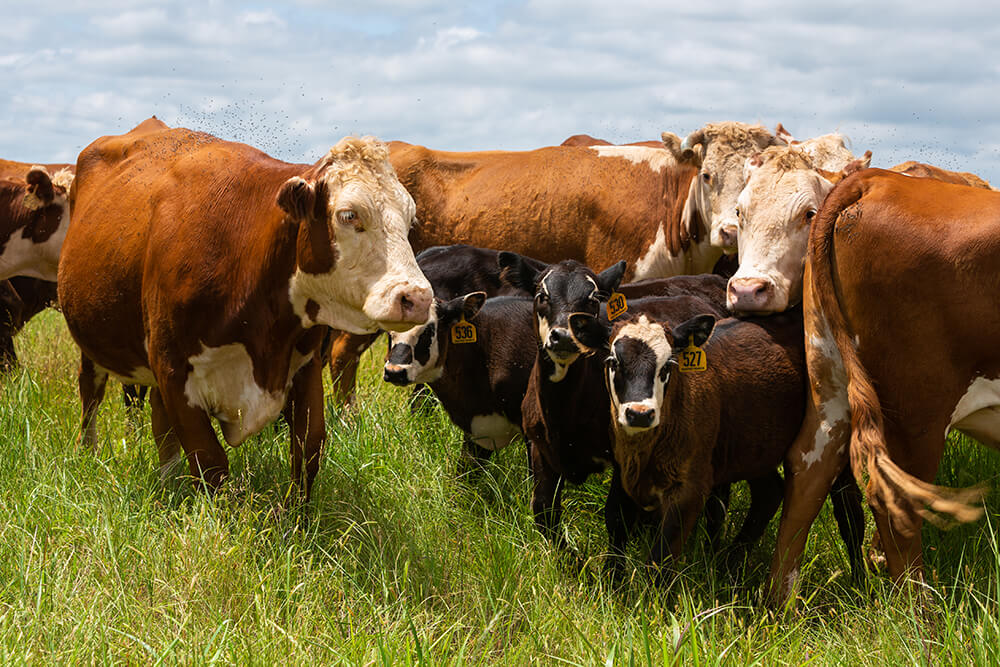
But no matter how good the beef was, there was another problem. Not everyone could afford to purchase or had space for a half or even a quarter of beef.
“People would ask, ‘What can I buy for $50?’ or ‘I can spend $100 on beef. Can you sell me that much?’” William says.
While he wanted to help, he couldn’t legally do so without a retail license.
But realizing there was a need in his area and that fulfilling it could improve his bottom line, William began researching how to obtain a retail license so they could sell beef in individual packages just like the supermarket does.
“For us, selling one pound at a time was the name of the game,” William says. “That was the thing that broke the whole thing open. It was just incredible.”
Of course, what works for one rancher may not work for another, and it’s important to do your research and consider all factors — including cost. And then keep good records so you know you’re covering them.
“When we sell in an auction market or to a feedyard, we are selling the entire animal at a price per hundredweight,” William explains. “If you choose to sell your beef by the package, you still have to sell that whole animal and in a timely manner. We can’t just sell steaks and hamburgers.”
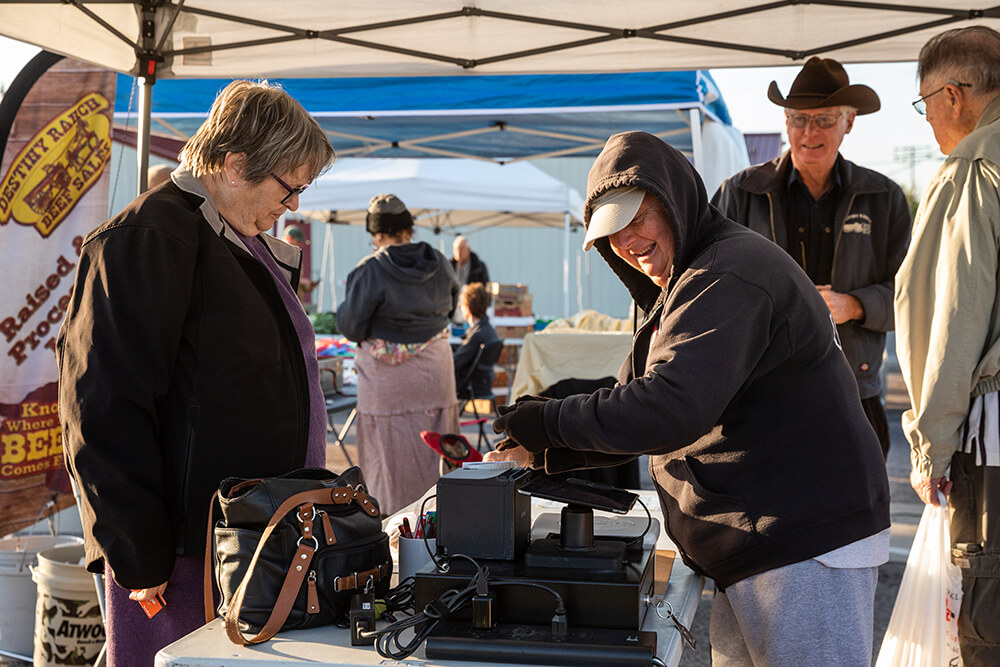
2. Who will process it?
Finding the best processing plant to work with was one of the more challenging aspects for William. But he was determined to find the right fit. He did research, made calls and made visits till a match was made, and encourages others to do the same, stressing the importance of the relationship.
He says one factor to consider is whether your beef will only be sold locally or could be sold out-of-state, as with online sales. Since he only wanted to sell in-person in Oklahoma, he wasn’t bound to a USDA-inspected plant and could select a state-inspected facility, which opened more options.
And while he found a great processing partner, the COVID-19 pandemic proved he shouldn’t put all of his eggs in one basket — or all of his beef at one plant. To make sure a lack of available staff or other closure couldn’t hinder his business, he had to find a second plant. And so he did.
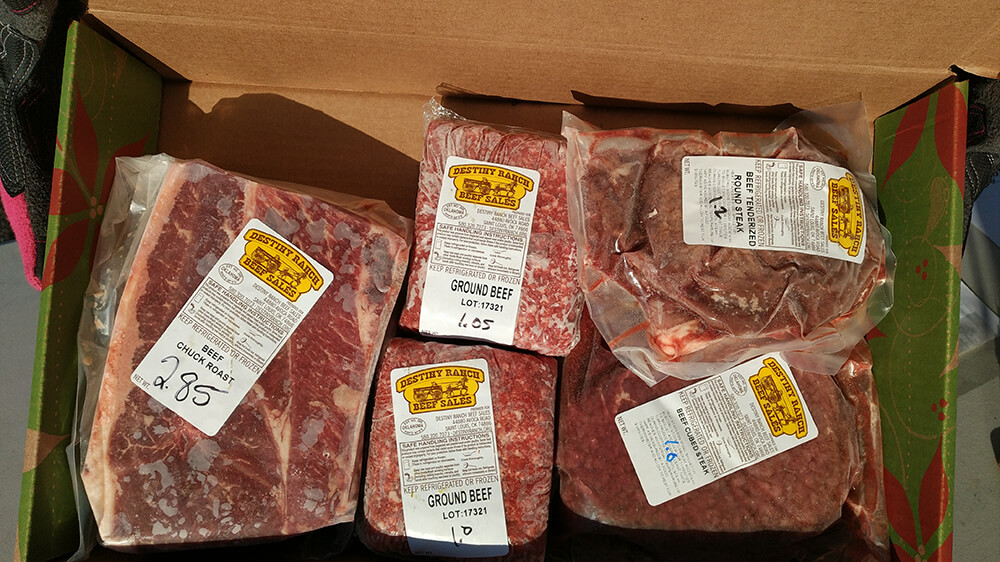
3. Where can I sell the end product?
There are multiple marketing options for ranchers who want to sell their beef direct to consumers. For those who sell quarters or halves, many sell through social media sites or word of mouth. Others may partner with a local retail shop.
But for those who decide to sell by the cut, the possibilities expand. Some ranchers set up an e-commerce site and sell beef online, though many may find the shipping aspect too complicated or expensive. Some set up at farmers markets. Others, like the Paynes, rent parking lot spaces and sell out of their trailers.
Destiny Ranch has a 6-by-8-foot freezer trailer to hold its beef, and the Paynes set up a table, cash register and canopy. They sell at designated days and times in Shawnee (Thursdays), Moore (Fridays) and Norman (Saturdays).
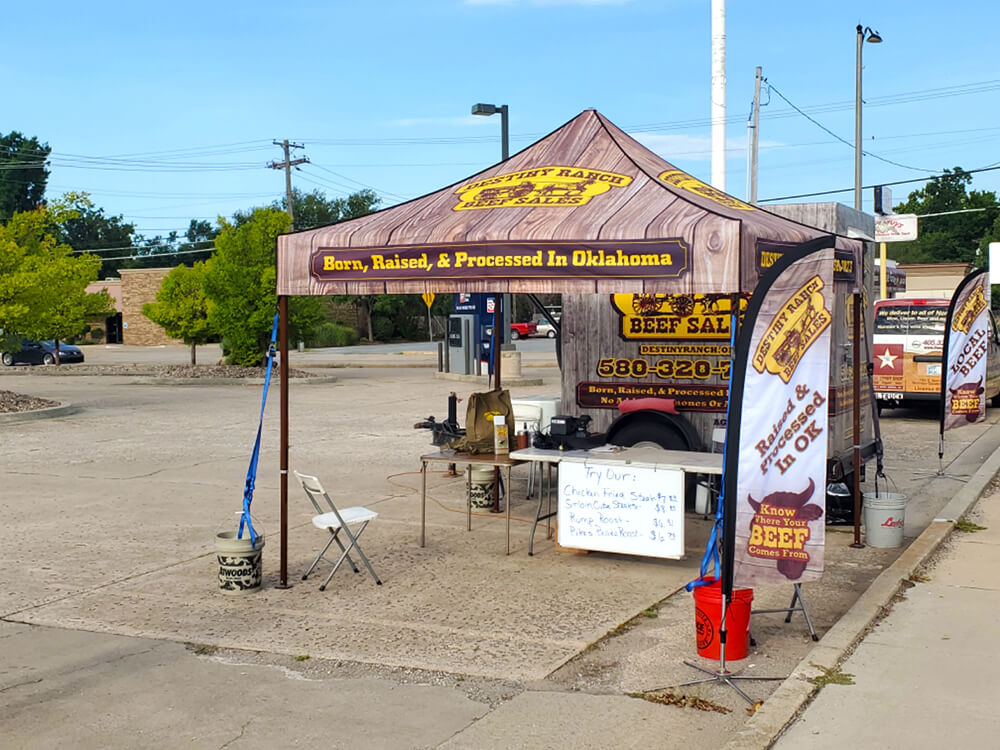
4. Who is my customer base?
As with any business, understanding the end user is key. And that could vary greatly depending on what, where and how a rancher is selling their product.
The Paynes learned quickly their customer base was hungry to learn about their beef and the ranch it comes from. And so communicating that became a priority.
William and Karen would tell them about their ranch and its regenerative practices, something consumers have grown increasingly interested in recently, he says.
But then they decided to take it to the next level. In 2021, they hosted the first of what they hope will be many customer appreciation days on the ranch. They invited their customers out to see the property, hear more about what they do and — of course — enjoy a beef meal.
He said it’s important to meet them where they are, and to use the opportunity to tell a positive beef industry story. And once you know that audience, you still must promote your product, something that may not come naturally for many ranchers.
“We had to be willing to set up at county fairs, marathons and various public events to keep our products on consumers’ minds,” William says.
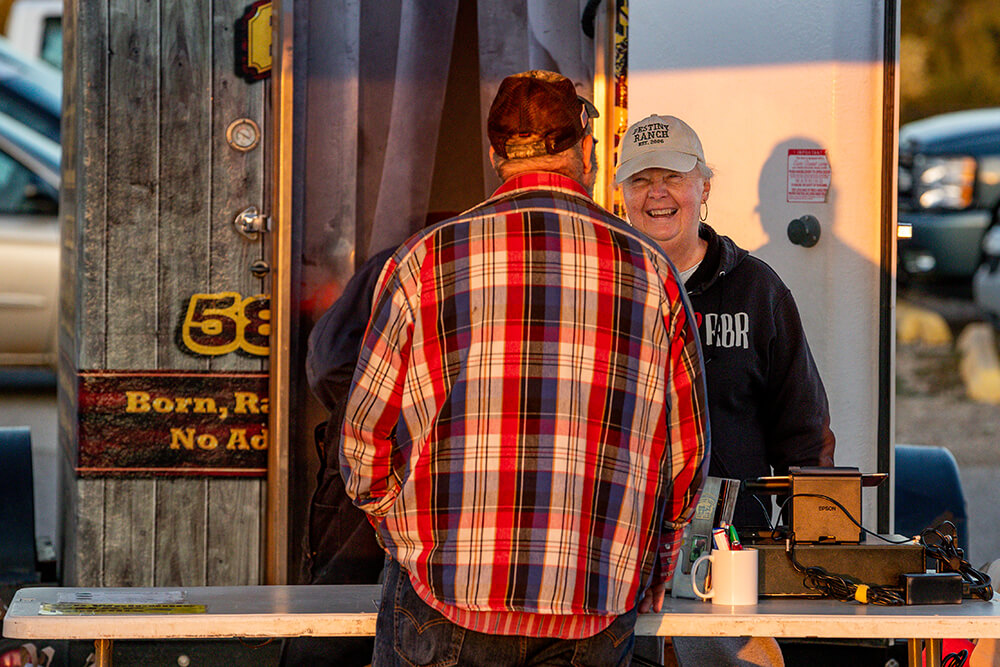
5. How will I make my beef stand out?
While direct-to-consumer sales may not be the norm, the practice’s popularity has skyrocketed in the last few years. There may be competition in your market, and even if there’s not, ranchers still compete with supermarkets, which may have lower prices and will have longer store hours.
William says it’s important to figure out what you can do to make your product the one your target audience wants. For example, William and Karen learned early on that packaging and presentation goes a long way.
“No doubt the quality of the beef is the most important thing, but they won’t see how good it tastes if it doesn’t look good on display,” he says. “It has to be laid out properly, and your meat cutters play a big part in your success.”
He says he’s had to take a package back to the processor before and talk through issues — perhaps the meat was wadded up or bones were piercing packaging. But by working together with the processor personnel, he says, the producer can set his or her specifications and ensure a consistently attractive-looking product.
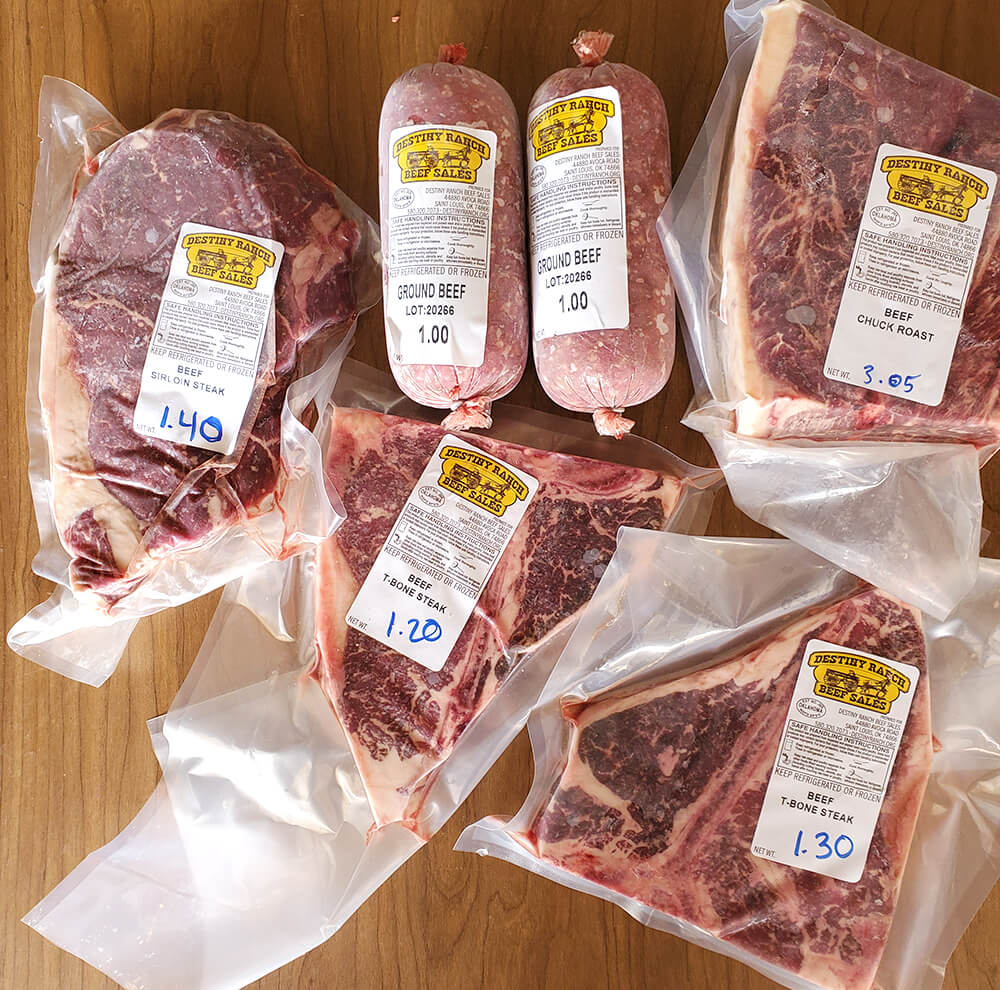
The Paynes also learned consumers may not be used to the same wording cattle producers are, and labeling does impact purchasing decisions.
“We’re kind of old-fashioned people,” William says. “So, we had chuck roasts and arm roasts and rump roasts, and we saw they weren’t selling very well. So, I had my daughters conduct a survey to see why.”
The surprising reason? Their customers didn’t know what a chuck roast or arm roast was.
So, the Paynes set off to the supermarkets, visiting stores in Oklahoma City and as far away as Dallas and Denver. That’s when they learned most retailers were labeling all of these roasts as “pot roasts.” That’s what consumers were used to.
But instead of conforming to what others do, William saw an opportunity. He now pulls out his laminated beef cuts chart and talks to the customers about the different roasts and their characteristics. Karen chimes in with her best cooking tips.
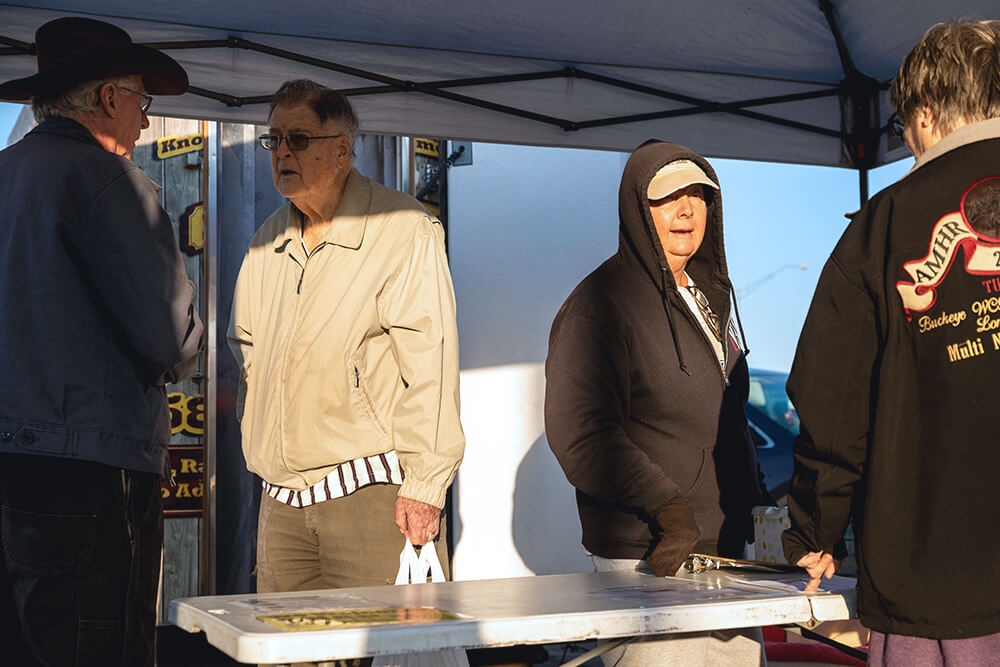
The regenerative practices the Paynes use on the ranch, like high-intensity grazing, also help them differentiate their product from the competition. But not just from a storytelling perspective.
“We set our prices in 2013 and haven’t had to increase them once,” William says proudly. “We control all the costs of what’s going into our animals, and we have pretty much zero inputs. If we weren’t doing regenerative agriculture, we would not have the grasses to be able to support the 100 head of fat cattle and our cow herd to make it work.”
Some of the photos in this article were provided by William and Karen Payne and used with their permission.
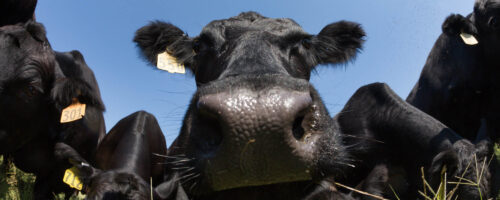

Comment
Leave a Reply
2 comment on: "5 Questions to Ask Yourself Before Selling Beef Direct to Consumers""

Steve
January 18, 2024How many acres do you run 100 cattle on?
Noble Research Institute
August 27, 2024There are many variables to consider here, but we always include a buffer between our Stocking Rate (how much livestock we have) and Carry Capacity (how much forage we can provide). We review these formulas in our courses: Business of Grazing and Noble Grazing Essentials.